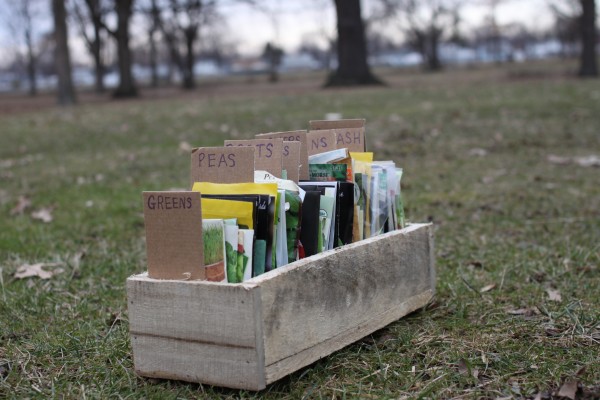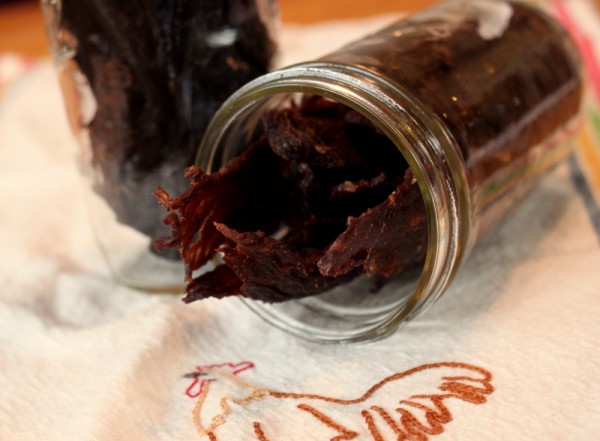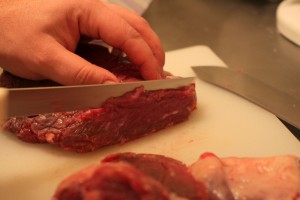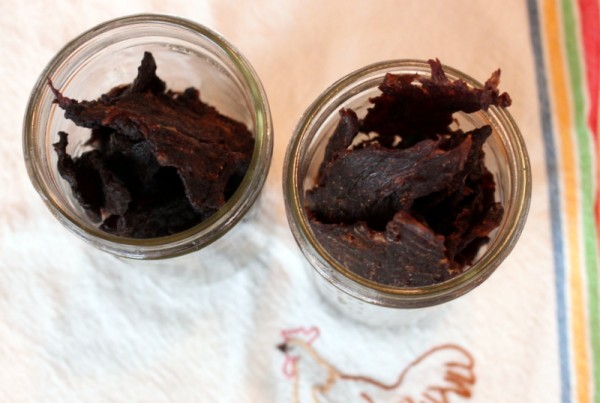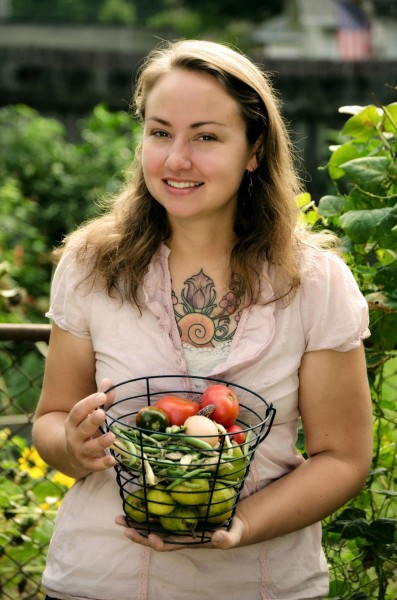 In establishing a new home, it is easy to become caught up in the urgent actions – the unpacking, organizing, care-taking, and daily chores. There are areas of our new house that demand attention. But I know also that there are areas likely to be neglected for years. Namely, in our experience, the master bedroom languishes.
It’s the most private area of the house, and therefore improvements are least visible to guests. In our last house, the bedroom Alex and I used stayed unpainted, with hand-me-down furniture and artwork that didn’t fit anywhere else. It never felt like ‘ours’. I wanted to not make the same mistake in this new house.
In establishing a new home, it is easy to become caught up in the urgent actions – the unpacking, organizing, care-taking, and daily chores. There are areas of our new house that demand attention. But I know also that there are areas likely to be neglected for years. Namely, in our experience, the master bedroom languishes.
It’s the most private area of the house, and therefore improvements are least visible to guests. In our last house, the bedroom Alex and I used stayed unpainted, with hand-me-down furniture and artwork that didn’t fit anywhere else. It never felt like ‘ours’. I wanted to not make the same mistake in this new house.
When Alex was away on a trip in early November, I headed to the hardware store for supplies and set out to make our bedroom the first decorated room in the home. I painted the walls a deep grey-blue and installed honeycomb curtains. I moved in a newly stained and finished dresser for Alex’s clothes. I displayed one of our favorite paintings, a baobab tree landscape by Alex’s father Tom, on a focal wall.
I intended to replace all the outlets, switches, and switch-plate covers, many of which were broken and painted over several times. I tried and hit my first snag when I couldn’t figure out which breakers to turn off because the entire box was unlabeled. No problem – I could work in daylight with the whole house breaker shut off. But when I removed two of the covers, the wiring behind looked suspicious. The 'new master bedroom' surprise was a little tainted when Alex returned to a minor electrical project. I’m glad I didn’t just slap on a pretty cover, though, because Alex found and solved a dangerous wiring situation. Aren’t new houses fun?!
Sleep Number Bed
Meanwhile, the folks at Sleep Number offered me the chance to try their newest bed, the M9. This fit in perfectly with my plans because our bed choices have been as amateur as our style choices – we become overwhelmed with the variety and choose something cheap, later regretting it when the bed is saggy after a few years.

Our Sleep Number experience started with a fitting at the store. The Individual Fit consultation of approximately 90 minutes informed us about the unique properties of Sleep Number beds. One of the showroom beds is equipped with a weight sensor that allowed us to see in real time where pressure points changed as we changed the fullness of the bed. While we can now feel that in our bed at home, it was fun to view the images in store.
We learned that Sleep Number beds are component-based and made in the USA. The pieces arrive in several boxes and can be carried up any size stairway. Not only is the transport convenient, but those individual components can be replaced if they break. In our opinion, this is one of the biggest advantages of the Sleep Number system. Alex watched the installation and was impressed with the ease of building the bed from Lego-like pieces.
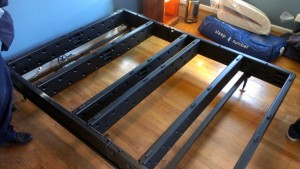

Sleep Number beds provide support through an air baffle system. This requires a small electric pump that only runs when you adjust the support. Even in the event of a power outage, the bed will hold air. Because the air baffles can always be refilled, a Sleep Number bed should never sag. And if there happens to be a leak or tear? The baffle can be replaced instead of the whole bed.
Proof In The Pudding (or the Resting)
So, what is it like to rest on the Sleep Number bed? We tested it for three weeks before making a final verdict. Sleeping on the bed is different than a traditional box spring and coil mattress. There is no movement from one side to the next. If Lil jumps on the bed at night before reading stories, there is no bounce. During sleep, Alex and I don’t disturb each other.
I was worried about a lump or space in the center where the two different pressures meet. Even when one side of the bed is fully inflated and the other low, the transition is seamless. It's not a problem to roll from one side to the other or lay in the middle.
The M9 is topped with 5 inches of memory foam. The memory foam experience is also very different from a traditional mattress covers because your body sinks into the bed. Alex and Lil love this. I’m not as much of a fan because I like to feel unrestricted. I feel a little warmer at night and wonder if the memory foam might not breathe well during the summer.
The timing of the review period coincided with two special situations in which to compare the Sleep Number to other beds. Alex writes about the first case:
The day after Christmas, I acted as a Good Samaritan and helped a motorist who had slid off the road in heavy snow. Along with another passing driver, we attempted to push the car free to no avail; it was wedged tight by the mailbox the driver had run over when leaving the road. Unfortunately, we did not realize this until ten minutes of pushing passed and damage was already done to my lower back. I strained my lumbar region fairly severely and found myself incapacitated for the next couple of days.
Enter the Sleep Number bed. To this point I was enjoying the bed quite a bit but it was still just a bed to me. However, the memory foam and the ability to adjust the firmness of the bed proved to be exactly what was needed for my back injury. I was able to increase the firmness of the bed to the maximum setting when I felt a need to lie flat. The memory foam enhanced the feel of the bed as there was still a degree of cushioning even with the bed fully inflated. At night, it was also beneficial to be able to adjust the firmness lower to reduce pressure points depending on the position I was laying in. The performance of the bed very much impressed me and provided some very appreciated comfort after an unpleasant injury.
 I am typing the finishing touches on this post on a bed at a nice hotel. Typically, we love hotel beds because in comparison to our old dumpy bed, they are a breath of fresh air. On this trip, we miss our Sleep Number. We are waking during the night and achy in the morning. We look forward to returning home not just to our pets and home-cooked food but our comfy adjustable bed.
I am typing the finishing touches on this post on a bed at a nice hotel. Typically, we love hotel beds because in comparison to our old dumpy bed, they are a breath of fresh air. On this trip, we miss our Sleep Number. We are waking during the night and achy in the morning. We look forward to returning home not just to our pets and home-cooked food but our comfy adjustable bed.
Our grown-up bedroom has a few finishing touches to come. I want to replace the bedding and build a headboard. I plan to hang more artwork. A rug would make the room more cozy. And soon we'll report on energy-savings updates that, while not visible, should literally warm up the space.
What we appreciate most about the update is undoubtedly the Sleep Number bed. We're most impressed not with the individual night’s sleep (though it is a very good one) but the idea that this bed could last decades. Several associates at the Sleep Number store still use beds they purchased over fifteen years ago! While prices are higher than your average bed, between sales (year-end clearance going on now) and a twenty year warranty with replacement parts available, Sleep Number becomes an affordable choice. The comfort and longevity of a Sleep Number makes me rest easily.
Disclosure: Sleep Number provided us with a M9 bed and installation. Opinions are our own.
 Alex caught Lil heading towards an electrical outlet with a metal screw driver awhile ago. He shouted, she dropped the tool, and there was much talk about electrical shock risks.
Alex caught Lil heading towards an electrical outlet with a metal screw driver awhile ago. He shouted, she dropped the tool, and there was much talk about electrical shock risks.


